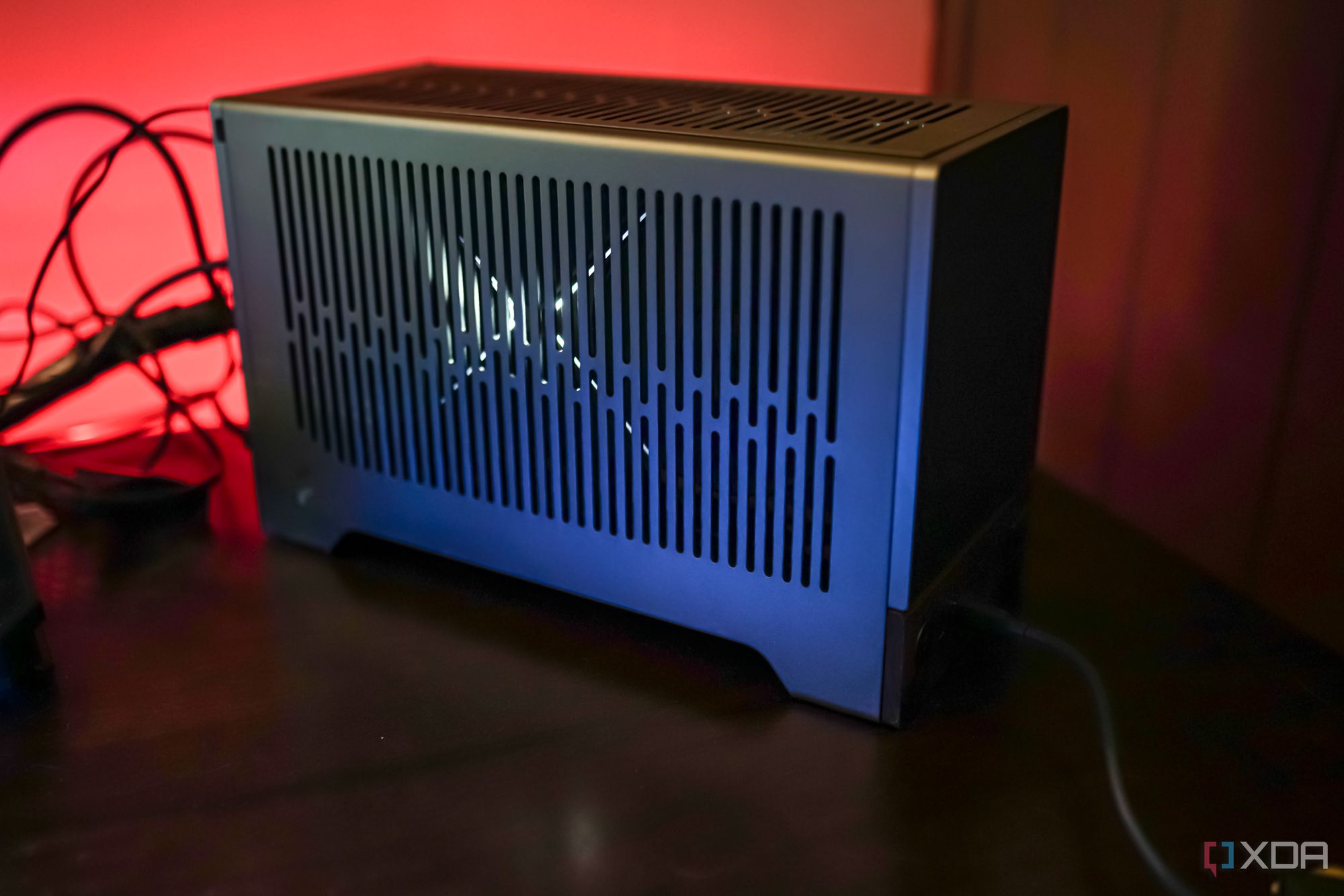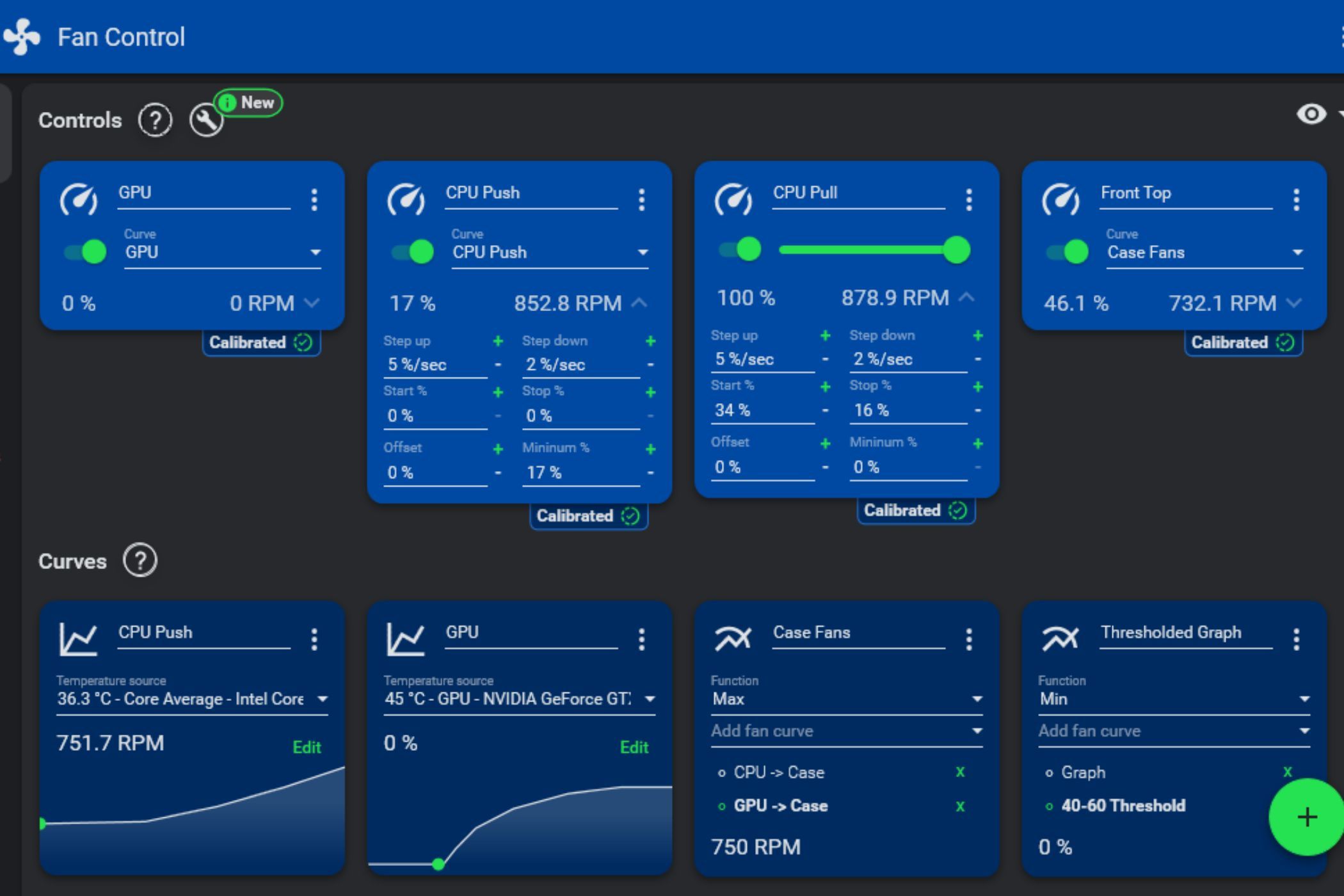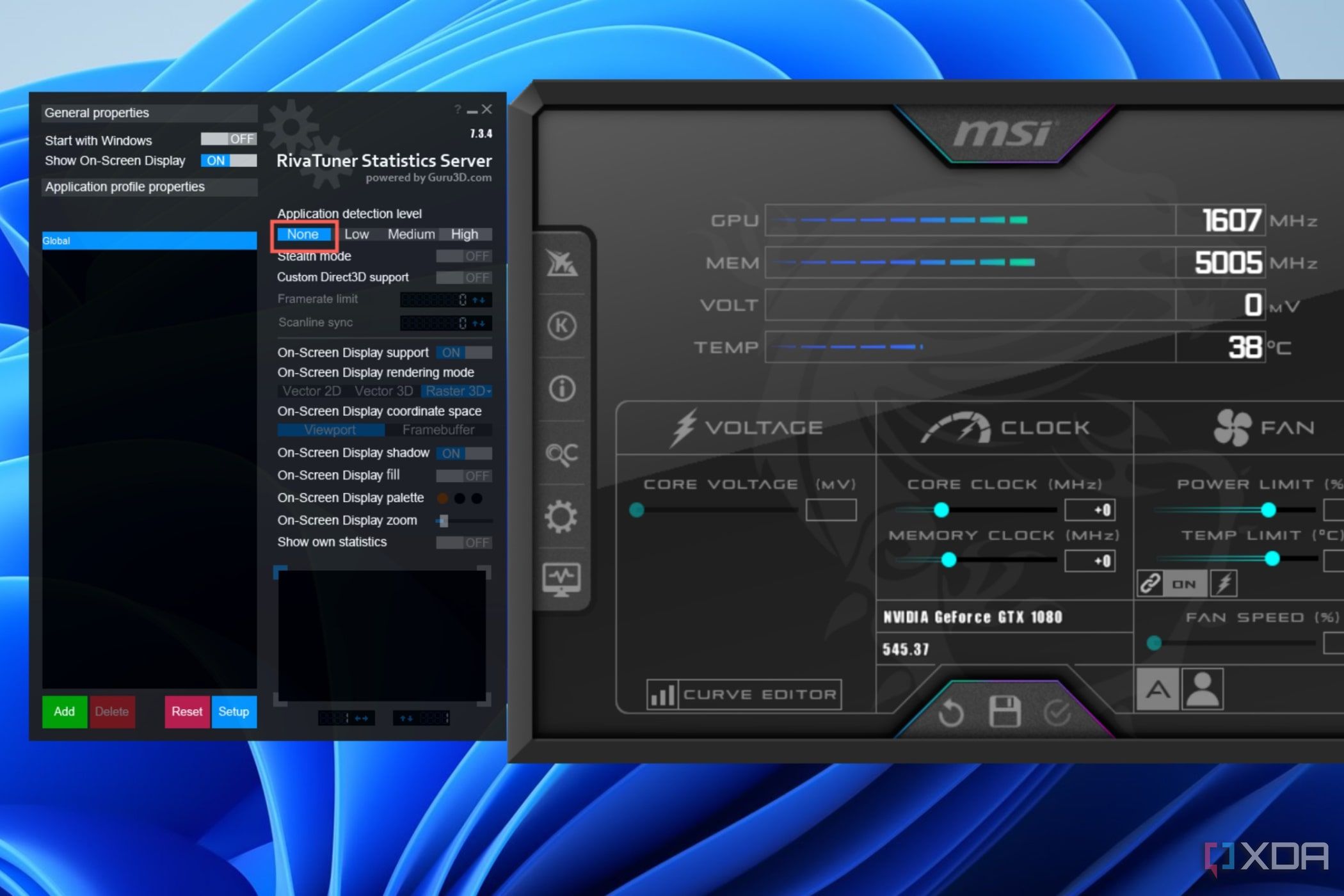I swore off small form factor PCs for years. Worrying about high fan noise, blistering temperatures, and limited space for upgrades, I never paid much attention to SFF PCs and all the nuance that goes into them. But that changed a couple of years ago, and since building my SFF rig, I haven’t looked back.
The transition didn’t come easy. I immediately encountered the issues I was worried about, always climbing out of my comfort range with temperatures and cutting my gaming sessions short to keep fan speeds at bay. But with time, I discovered apps that transformed how I use my SFF PC, and I couldn’t imagine using this form factor without them now.
Related
6 reasons your next PC should be a compact SFF challenge
Looking to try something new? Go with a small form factor PC build.
4
FanControl
An essential for any PC
If you don’t already have FanControl installed on your PC, I don’t know what you’re doing. It’s been a staple on my desktop for years, even before I moved to an SFF rig, but I really unlocked the power of FanControl when I sized down to the Fractal Terra. It gives you full control over the fans in your system, spanning CPU, GPU, and case fans, and it allows you to set custom curves right from the desktop.
The thing that’s special about FanControl is that it’s centralized. There are dozens of utilities that allow you to set a fan curve, from bundled software like Corsair iCue to fan curves built into your motherboard’s BIOS. But Fan Control puts everything in one spot. Not only can you set a custom fan curve, you can set multiple different curves. After everything is set up the way you like, you can tie different system fans to different curves, providing a level of granularity that just isn’t available in other utilities.
For my PC, the thing I most appreciate about FanControl are the Step Up and Step Down settings. I only have three fans in my SFF PC: one on the CPU heatsink and two on my GPU. Because of that, the fan noise is highly variable and noticeable when either component starts getting warm. The Step Up and Step Down settings allow me to set how aggressively the fan should ramp up or down when different temperature thresholds are passed. Basically, I get to set a smooth, non-intrusive curve for my fan speeds so it’s not immediately noticeable that my fans have ramped up.

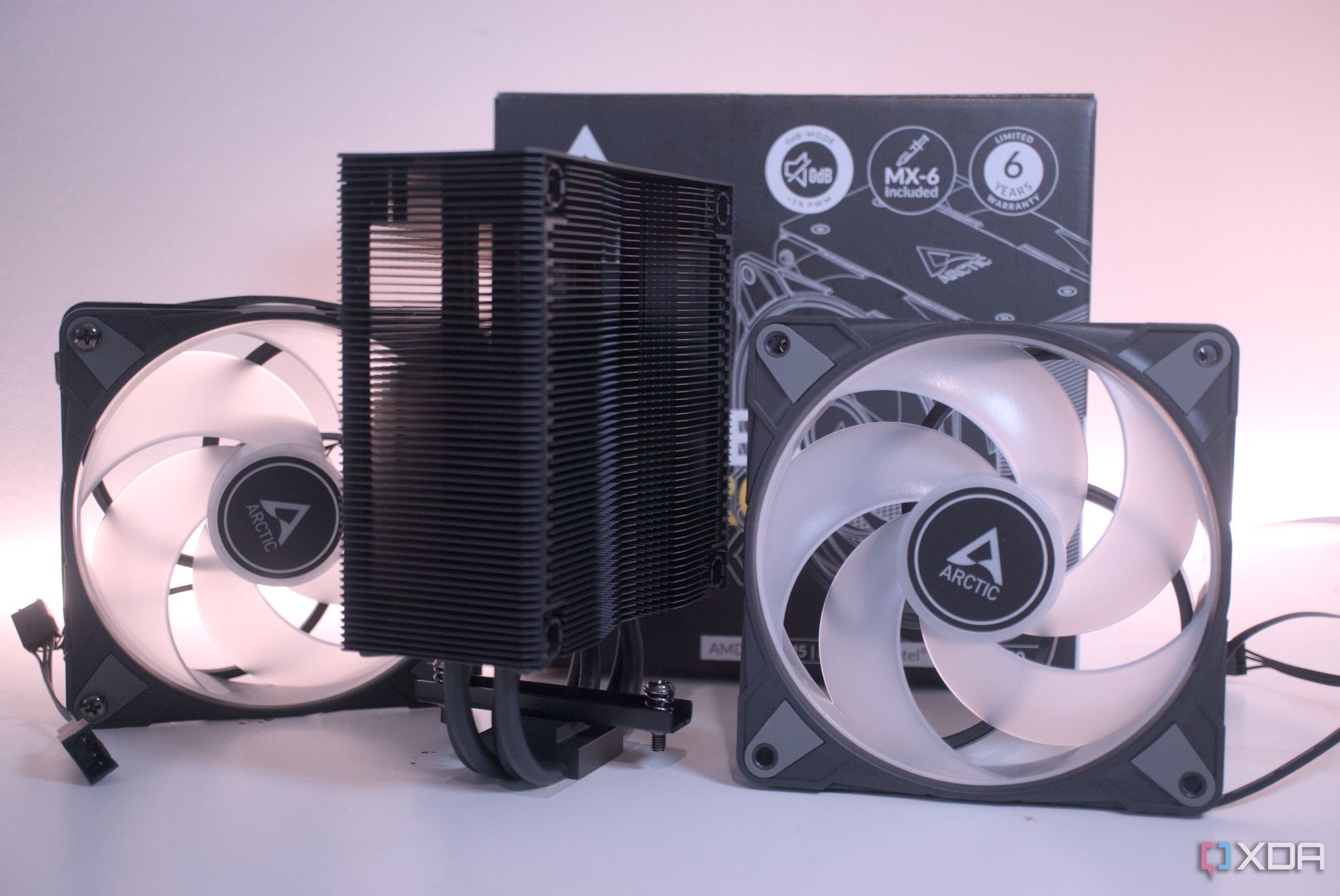
Related
The difference between airflow and static pressure: PC fans explained
When it comes to building a PC, you can use the correct fans in strategic locations
3
GPUTweak III
Your powerful GPU might not need full power
There are a ton of GPU overclocking utilities, and the most popular among PC gamers seems to be MSI Afterburner. However, I use Asus’ GPUTweak III because I’m not trying to overclock the GPU in my SFF PC. I’m trying to undervolt it, and GPUTweak III makes undervolting your GPU very simple.
As a quick primer, undervolting isn’t the antithesis to overclocking. It simply allows adequate silicon to maintain a given clock speed at lower voltage, potentially saving you power and reducing your temperatures. GPUTweak III includes a voltage/frequency curve that allows you to reduce the voltage across the spectrum, as well as cap voltages once a specific clock speed is reached. Asus has a full write-up on how to go through that process.
However, a much easier way to get a little extra efficiency out of your GPU is to simply lower the power limit of the card within GPUTweak III. You are quite literally limiting the performance of your GPU, but depending on the games you play and applications you use, it might not make a huge difference in practice. I still use GPUTweak III to limit the power of my GPU, but it’s worth highlighting that applications like MSI Afterburner include a power slider, as well.

Asus GPUTweak III
GPUTweak III is an overclocking utility for graphics cards from Asus, offering power, memory clock, and voltage settings, along with an automatic overclock mode.
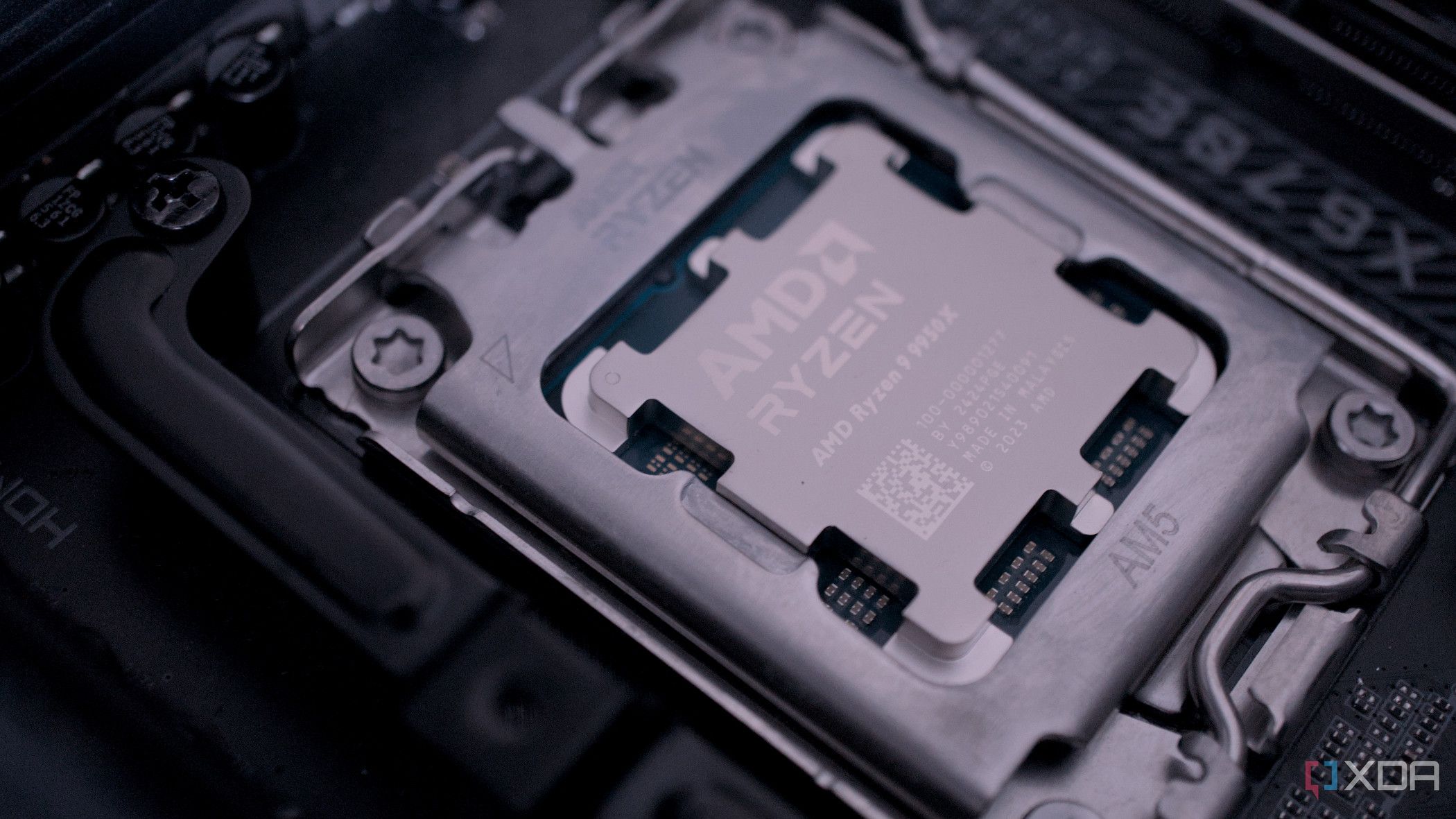
Related
Overclocking vs undervolting: Which one do you prefer?
Overclocking and undervolting are both powerful tools, but you should know how to leverage them effectively.
2
OCCT
A stress testing program that offers so much more
I use an AMD Ryzen 7 9800X3D in my SFF PC, which has access to AMD’s Precision Boost Overdrive (PBO), along with the Curve Optimizer and Curve Shaper features. It’s a huge help to maintain low temperatures in my PC, as I’m able to quickly undervolt my chip for maximum efficiency. The problem with undervolting in general, however, is stability. It doesn’t matter what brand of CPU you have, or if you’re undervolting your GPU or CPU. You’ll run into stability issues if you push things too far, and they aren’t always easy to spot.
I like to use a set-it-and-forget-it approach with my PC, so I don’t have a ton of patience for endlessly tweaking sliders and waiting for my PC to inevitably crash. Enter OCCT. It’s a stress-testing utility that allows you to quickly check if your undervolt is stable. It’s free to download and use, and it includes some additional settings outside the stress test, including a benchmark, allowing you to see if your undervolt is killing your performance.
That’s not why I use OCCT, though. There are plenty of stress-testing utilities, from prime95 to FurMark, but OCCT provides a comprehensive list of stress-testing utilities in a single application. The most important for me is the CPU + memory test, which creates a more realistic testing environment by incorporating your memory into the mix. It’s a great tool to have to quickly validate that your settings are stable, and OCCT includes even more extreme tests if you want to really make sure your settings are battle-hardened.


Related
Top 9 programs to stress test and benchmark your Windows PC
You should stress test your PC to make sure everything is running smoothly
1
Rivatuner Statistics Server (RTSS)
More detail than you could ever need
Rivatuner Statistic Server, or RTSS, is the bedrock of a ton of different PC utilities, including MSI Afterburner and CapFrameX. If you don’t want to download another utility, you can get RTSS directly from the source. It’s a monitoring utility with a ton of flexibility, allowing you to monitor your PC’s stats in real time while you’re playing games — or running any 3D application, for that matter.
The power of RTSS is its flexibility. You’re given full control over how your overlay looks and what stats are included, with just about every sensor in your PC available for real-time monitoring. I configure RTSS to monitor my rolling average frame rate, my frame time, and my temperatures for my CPU and GPU. You can go a lot deeper, including individual power and usage stats for individual CPU cores. But for a quick snapshot of my PC, a simple layout with RTSS is best for me.
RTSS is good for getting a glimpse into what’s happening inside your PC in real-time, but it’s not the only monitoring utility I use. I also have HWInfo loaded up on my PC for reporting, and as a way to look into past performance while stress testing my rig. For day-to-day use, however, RTSS is what I reach for.
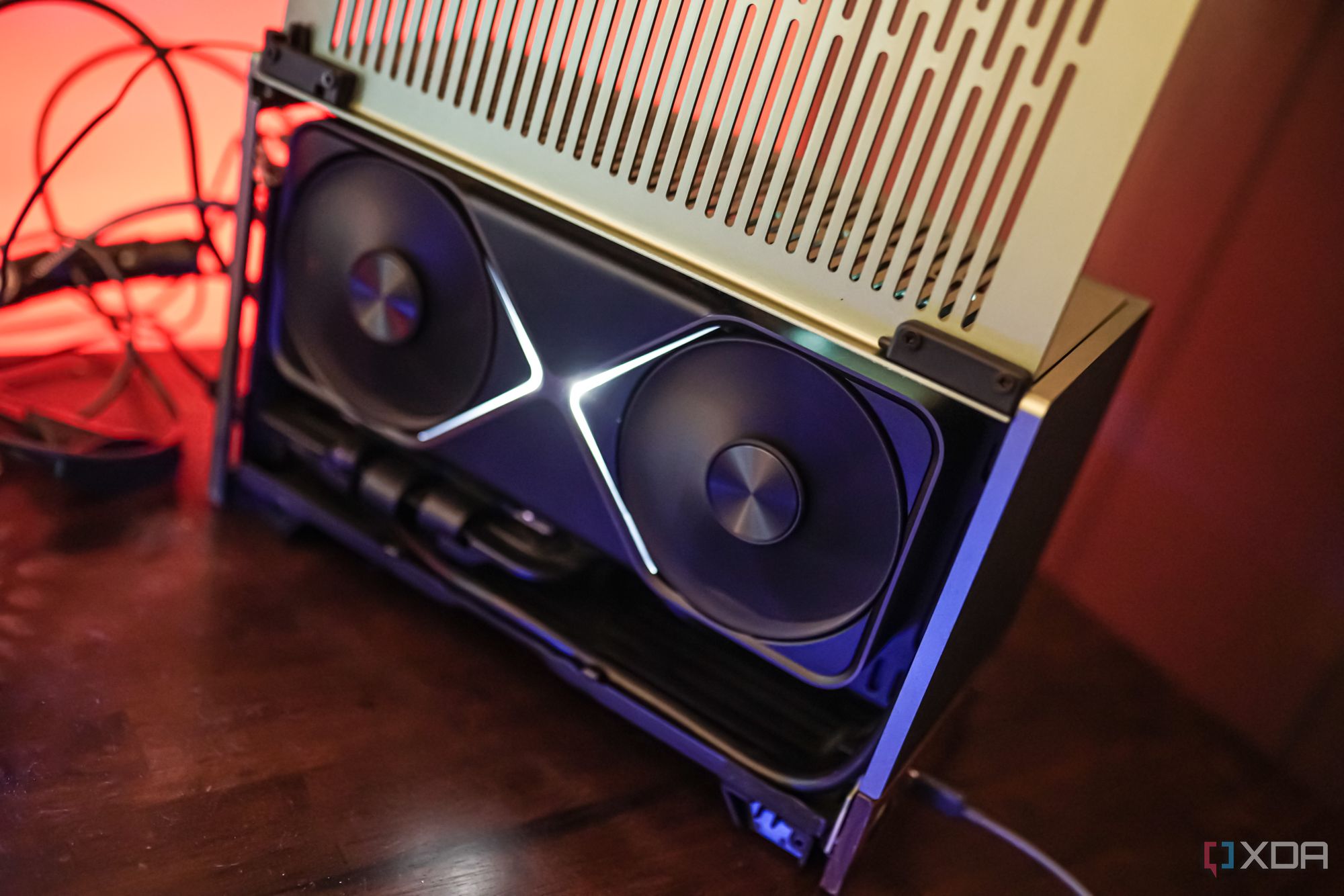
Related
Small size, massive power
We’ve seen some remarkably efficient components over the past few years, from AMD’s X3D CPUs to Nvidia’s Ada Lovelace graphics cards. If there’s any time to jump in on the SFF craze, it’s now. Even with such efficient components, you won’t get the best balance of performance and thermals from your SFF PC out of the box. These apps are what help you nail that balance.
